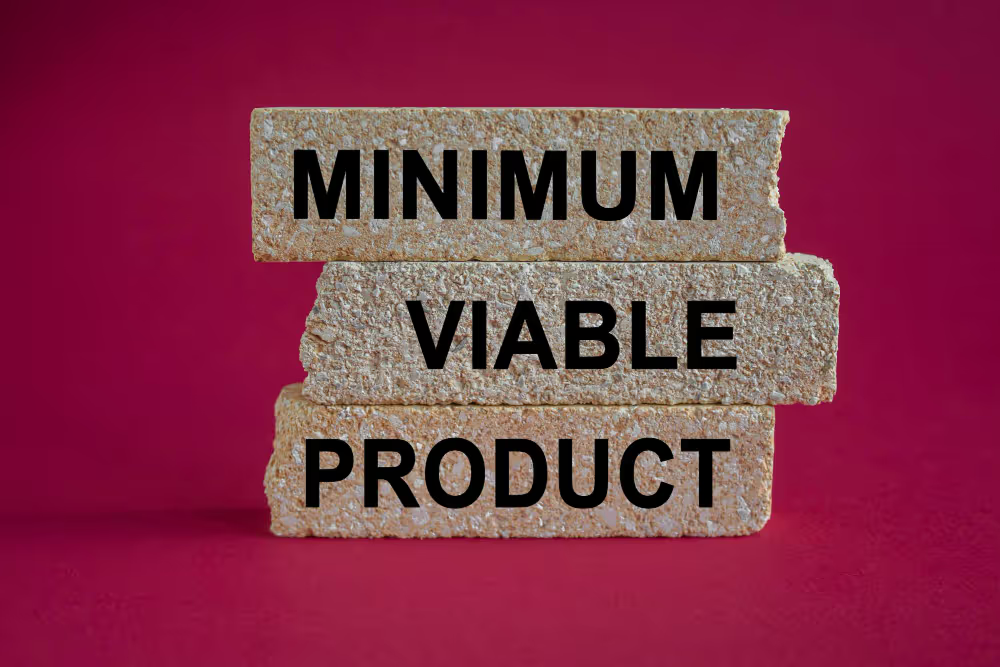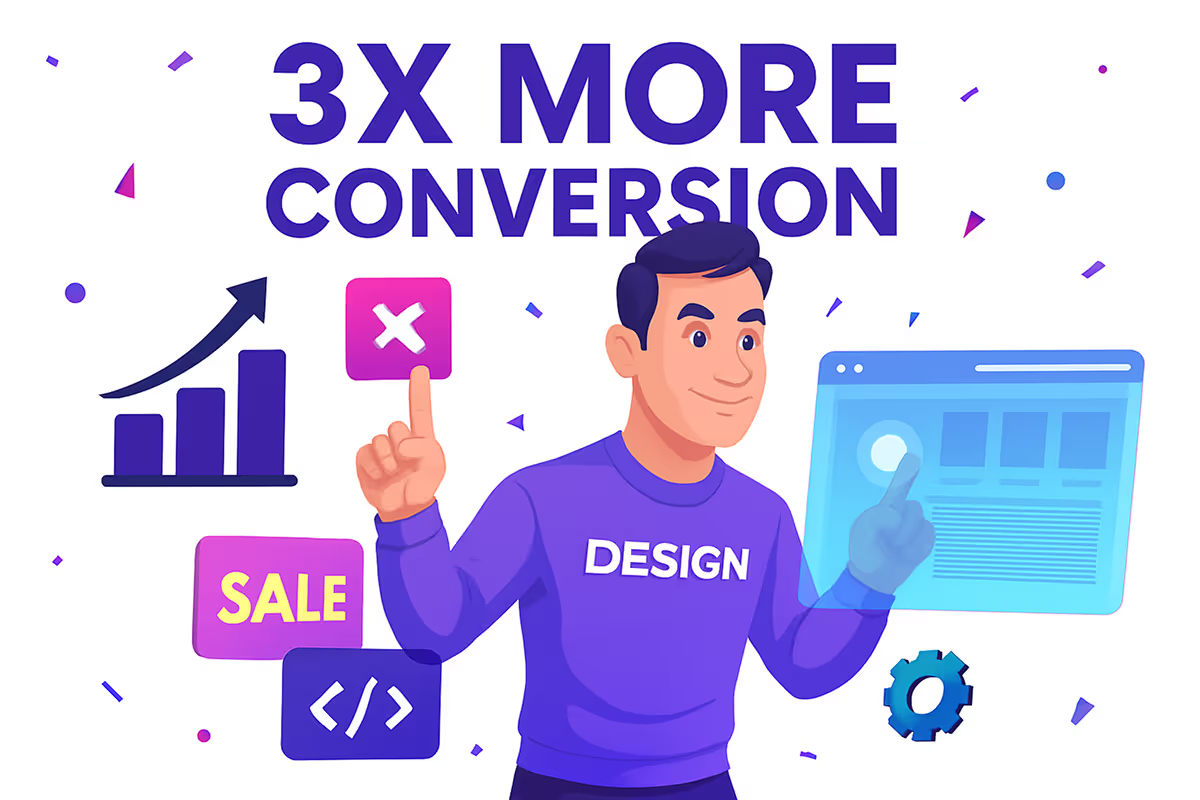

The Essential Guide to Validating Your Startup Idea (And Why It Matters)

You've got that spark. That brilliant idea that keeps you up at night, churning with potential. It's exciting, isn't it? The vision of solving a real problem, building a thriving business, and making an impact.
But here's a dose of reality from someone who's seen hundreds of startups rise and fall: a great idea alone isn't enough. The graveyard of failed startups is paved with "great ideas" that nobody wanted, or were built for problems that didn't truly exist.

Why You MUST Validate Your Startup Idea
Skipping validation is like building a house without checking the foundation. Here's why it's non-negotiable:
- Saves Time & Money: The biggest one. Building a product nobody wants is the ultimate waste. Validation helps you pivot or iterate early, saving you from costly mistakes down the line.
- Reduces Risk: Every startup is risky, but validation allows you to reduce avoidable risks. You'll move forward with confidence, knowing there's a real need.
- Finds Your True Market: Your initial target audience might be wrong. Validation helps you identify who truly suffers from the problem you're solving.
- Refines Your Solution: Early feedback helps you build features that matter and discard those that don't, leading to a more focused and impactful Minimum Viable Product (MVP).
- Attracts Investors (Later): Investors aren't just looking for good ideas; they're looking for validated opportunities. Showing real market interest and user feedback is gold.

5 Essential Steps to Validate Your Tech Startup Idea
So, how do you do it? Here are practical steps you can take today:
1. Define the Problem, Not Just the Idea
Before you even talk about your solution, get razor-sharp on the problem.
- What specific pain point are you addressing? Is it a major headache or a minor annoyance?
- Who experiences this pain? Get specific about your potential users.
- How do people currently cope or solve this problem? Understanding existing (even inefficient) solutions is key to identifying gaps.
Self-reflection question: Can you articulate the problem in one sentence that resonates deeply with someone experiencing it?
2. Talk to Your Potential Customers (Qualitative Research)
This is the most crucial step. Don't just poll people; talk to them.
- Conduct 10-20 informal interviews. Focus on asking open-ended questions about their problems and frustrations, not pitching your solution. Use the "Mom Test" principle: ask about their life, not your idea.
- Listen more than you speak. Look for patterns, recurring themes, and emotional responses to the problem.
- Where to find them? LinkedIn groups, industry forums, relevant online communities, even your own network.
Tip: Your goal here isn't to get them to say "yes" to your idea, but to understand if the problem you're addressing genuinely exists and is painful enough to warrant a new solution.

3. Analyze Your Competition (Direct & Indirect)
You're likely not the first. That's okay! It means there's a market.
- Who are your direct competitors? Companies offering similar solutions.
- Who are your indirect competitors? Other ways people solve the problem, even if it's a manual workaround or using a generic tool like a spreadsheet.
- What are their strengths and weaknesses? Where do they fall short? This is where your unique value proposition comes in.
- How will you be different and better? Is it price, a specific feature, a niche focus, or a superior user experience?
Self-reflection question: Can you clearly articulate what makes your solution uniquely valuable compared to all existing alternatives?

4. Gauge Market Interest (Quantitative Research)
Once you've done your qualitative groundwork, it's time to scale up and quantify.
- Use surveys. Design a survey with specific, quantifiable questions (single-select, multi-select, scale-based) to measure problem severity, interest in potential features, and even willingness to pay.
- Test assumptions. Your survey should aim to prove or disprove key assumptions you have about your market and solution.
- Collect data systematically. This will form the backbone of your validation report.
Tip: Don't start with a survey. It's a great tool to validate what you've learned from one-on-one conversations, but it won't give you the deep, nuanced insights that personal interviews will.

5. Define Your Minimum Viable Product (MVP)
Validation isn't just about saying "yes" or "no" to an idea; it's about defining the smallest possible version of your product that delivers core value.
- What is the absolute essential functionality needed to solve the primary problem for your target user?
- Avoid feature creep. Every feature beyond the core MVP needs to be rigorously validated.
- Consider low-fidelity prototypes: Even basic mockups or clickable wireframes can help gather crucial feedback before writing a single line of code.
Self-reflection question: If you could only build one killer feature, what would it be, and would it solve enough of the problem to make people care?
Ready to Get a Clear Picture of Your Idea's Potential?
Idea validation can feel overwhelming, especially when you're trying to cover all your bases – problem fit, market size, technical feasibility, business model, and more.
That's why we built Idea Validator Tool.
Our innovative online validator guides you through a series of structured questions, drawing on decades of entrepreneurial wisdom. It then instantly analyzes your responses across key categories like:
- Problem & Market Validation: How well do you understand your customer's pain and the market landscape?
- Solution & Product Design: Is your proposed solution truly unique and valuable?
- Technical Feasibility: How ready are you to build this?
- Business Model & Monetization: Have you thought through how you'll make money?
- Team & Resources: Do you have what it takes to execute?
In minutes, you'll receive a comprehensive, personalized report with:
- An overall idea readiness score.
- Detailed scores for each category, highlighting your strengths.
- Specific, actionable recommendations for areas where your idea might need more validation or development.
Don't leave your startup's success to chance. Get clarity, gain confidence, and take the next right step with data-driven insights.


Recommended Posts












































